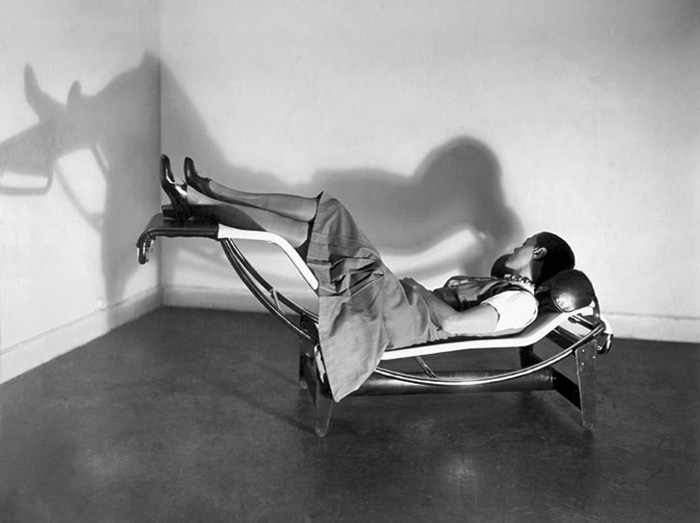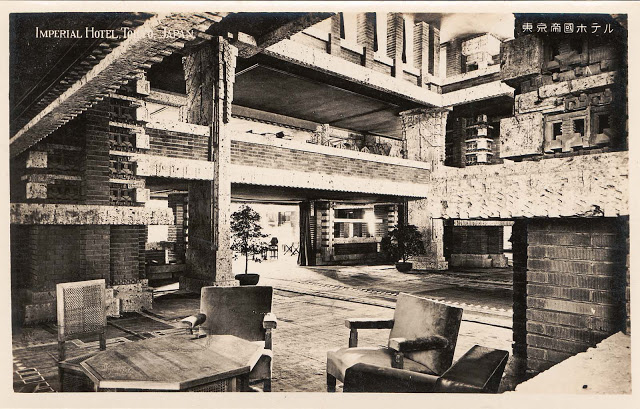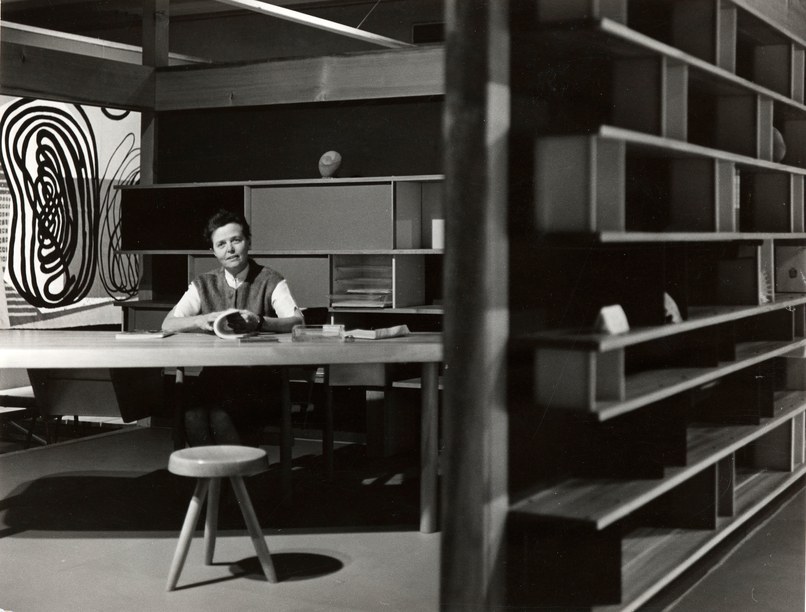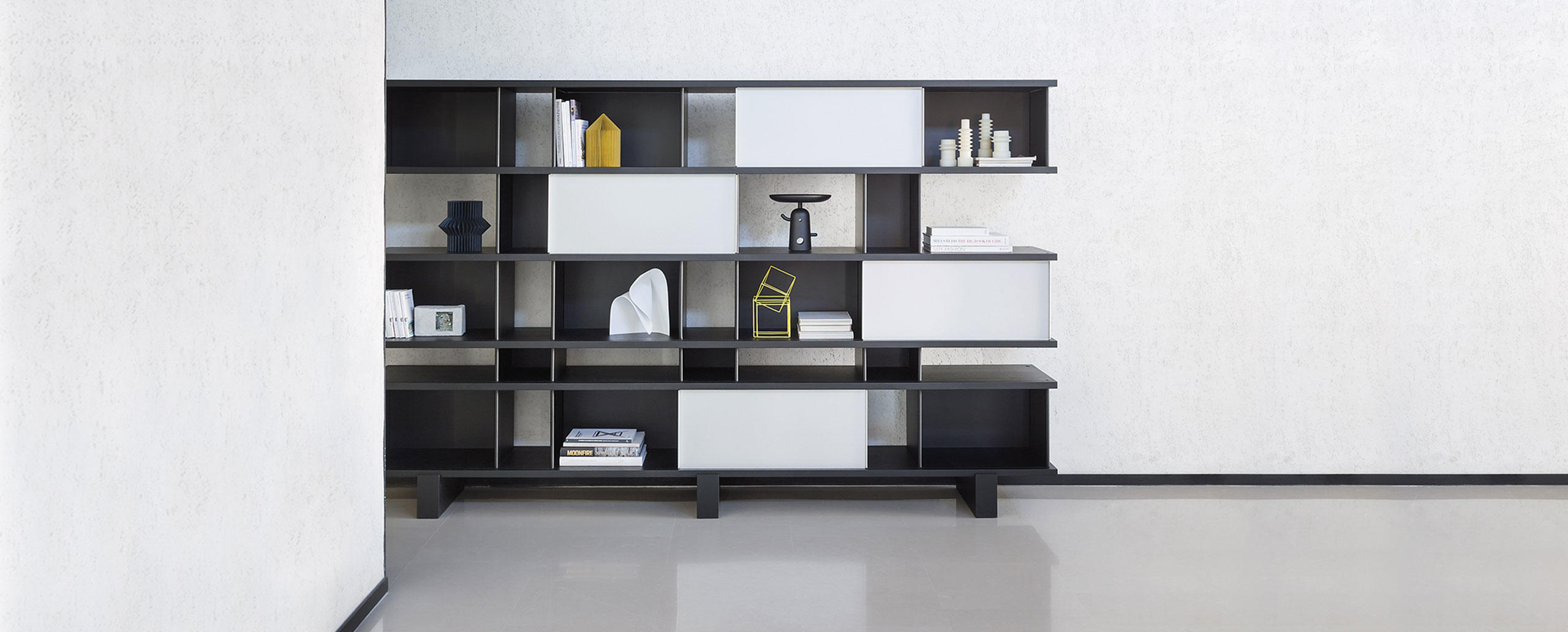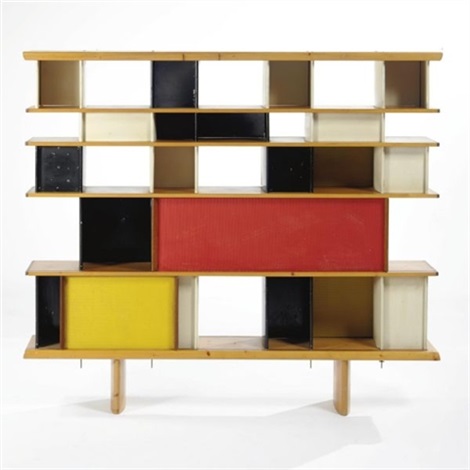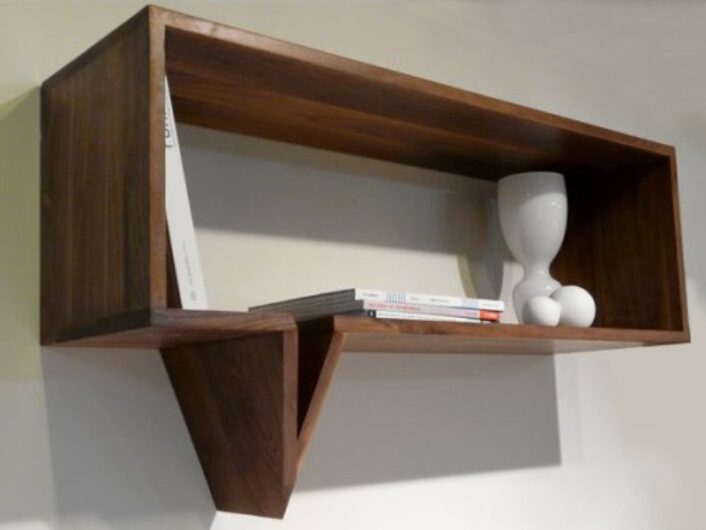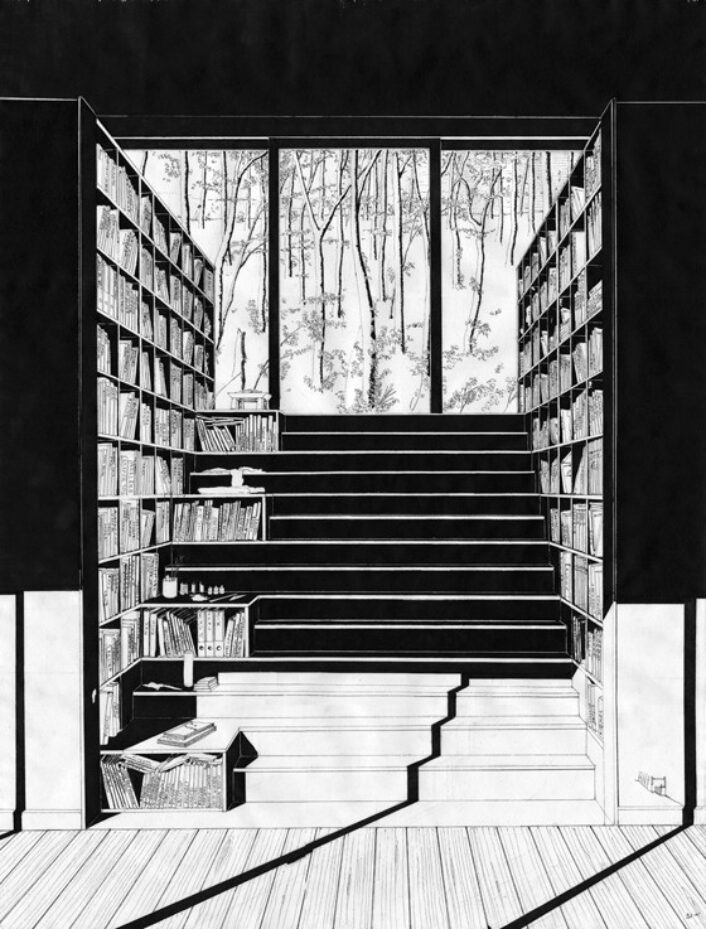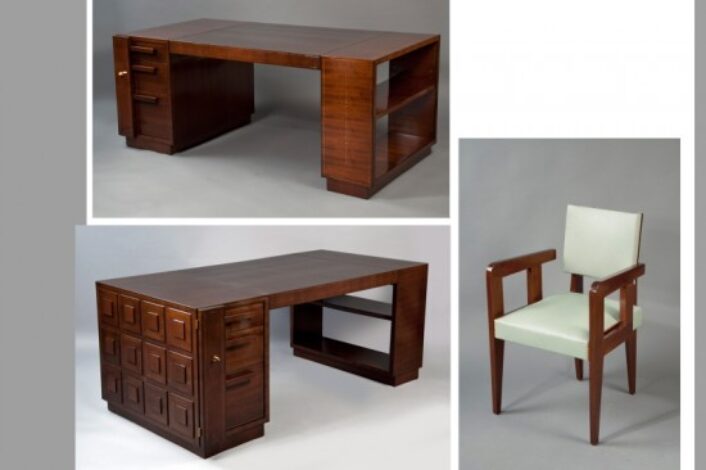Designed by Le Corbusier, Pierre Jeanneret and Charlotte Perriand in 1928, Le Corbusier, LC4 became one of the collaborators’ signature pieces. Available in a large selection of leather and hides, it’s the adjustable ability of the chair that made it one of the most copied furniture pieces in history.
Charlotte Perriand in the LC4 chair, demonstrating different sitting and lounging positions.
Image courtesy of: All Roads Lead to Home
